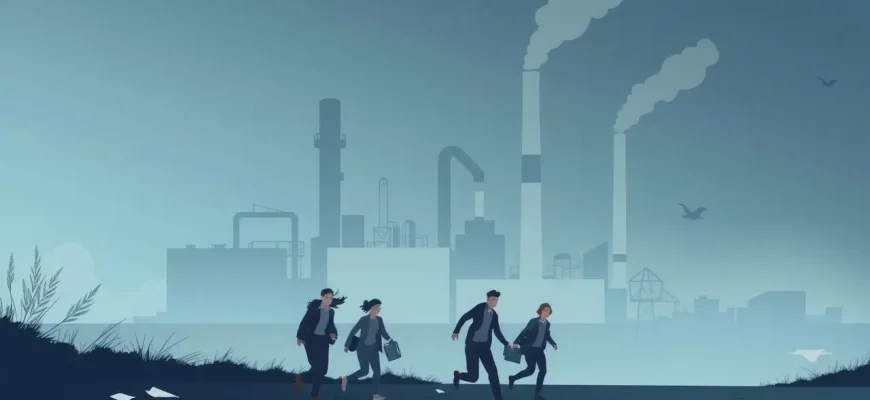The chemical industry, with its potential for both innovation and catastrophe, has long been a fertile ground for cinematic exploration. These films delve into the heart of industrial accidents, chemical spills, and the human drama that unfolds in the wake of such disasters. From real-life inspired events to speculative fiction, this curated list offers a diverse look at how filmmakers have portrayed the perils and consequences of chemical mishaps, providing both entertainment and a cautionary tale about the dangers lurking in our industrial landscape.
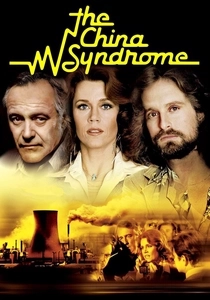
The China Syndrome (1979)
Description: This film explores the potential for a nuclear meltdown at a power plant, highlighting the dangers of corporate negligence in the chemical industry. While not directly about chemical spills, it underscores the broader theme of industrial safety.
Fact: The film's release was eerily timed, coming just 12 days before the Three Mile Island nuclear accident in
 Watch Now
Watch Now 
A Civil Action (1998)
Description: Based on a true story, this film follows a lawyer's battle against two corporations accused of contaminating a town's water supply with industrial solvents, leading to leukemia clusters.
Fact: The film was shot on location in Woburn, Massachusetts, where the real events took place.
 Watch Now
Watch Now 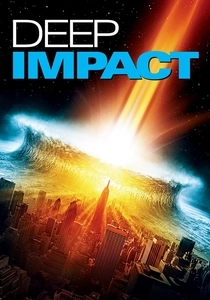
Deep Impact (1998)
Description: This film includes a subplot where a comet's impact causes massive tsunamis and chemical spills, showcasing the interconnectedness of industrial disasters with natural calamities.
Fact: The film was one of two major asteroid/comet impact movies released in 1998, the other being "Armageddon."
 Watch Now
Watch Now 
The Insider (1999)
Description: Though primarily about tobacco industry whistleblowers, it touches on the theme of corporate cover-ups and the dangers of industrial practices, paralleling the chemical industry's potential for harm.
Fact: The film was nominated for seven Academy Awards, including Best Picture.
 Watch Now
Watch Now 
Erin Brockovich (2000)
Description: While not a traditional disaster film, it deals with the aftermath of a chemical contamination case, showcasing the fight against corporate giants responsible for polluting groundwater with hexavalent chromium.
Fact: The real Erin Brockovich made a cameo in the film, playing a waitress in a diner scene.
 Watch Now
Watch Now 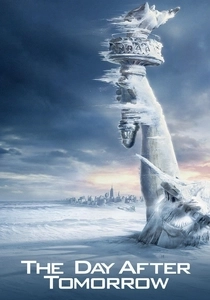
The Day After Tomorrow (2004)
Description: While primarily a climate change disaster film, it includes scenes of chemical reactions and industrial accidents that contribute to the global catastrophe.
Fact: The film was one of the first to use extensive CGI to depict large-scale weather events.
 Watch Now
Watch Now 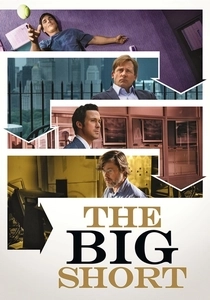
The Big Short (2015)
Description: Although not directly about chemical disasters, it highlights the systemic risks in the financial industry, drawing parallels to the potential for catastrophic failures in other industries like chemicals.
Fact: The film uses unconventional narrative techniques, including breaking the fourth wall, to explain complex financial concepts.
 Watch Now
Watch Now 
The Finest Hours (2016)
Description: This film, while focusing on a Coast Guard rescue, includes a subplot involving a tanker that splits in two due to a storm, spilling oil and chemicals into the sea.
Fact: The movie was based on the true story of the SS Pendleton rescue in
 Watch Now
Watch Now 
Silkwood (1983)
Description: This film tells the story of Karen Silkwood, a worker at a plutonium processing plant who becomes a whistleblower after discovering safety violations and contamination at the facility.
Fact: Meryl Streep, who played Silkwood, was nominated for an Academy Award for Best Actress.
 30 Days Free
30 Days Free 
Bhopal: A Prayer for Rain (2014)
Description: This film recounts the tragic events of the Bhopal gas tragedy, one of the worst industrial disasters in history, caused by a leak of methyl isocyanate gas from a pesticide plant in India.
Fact: The film was shot in Bhopal, using many locals as extras to give authenticity to the portrayal of the disaster.
 30 Days Free
30 Days Free 
